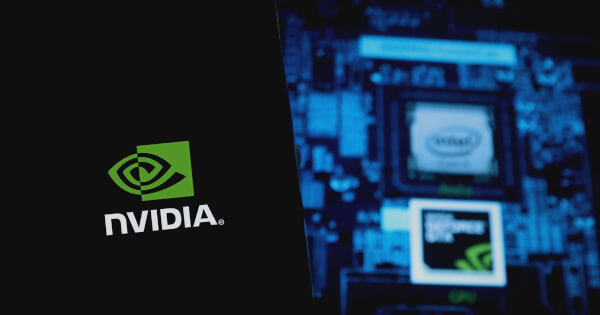Felix Pinkston
22 Sep 2024 11:39
Washington State University unveils AI-driven 3D printing to create accurate organ models for surgical practice and optimize surgical outcomes.
Researchers at Washington State University (WSU) have introduced a groundbreaking AI-based 3D printing technology that aims to help surgeons create detailed replicas of human organs for preoperative practice. According to the NVIDIA Technology Blog, the innovation promises to improve surgical outcomes by giving doctors a more precise preparation tool.
AI algorithms enhance 3D printing
AI algorithms trained on images and properties of human kidneys and prostates, including weight, size, porosity, and vascular structure, work with 3D printers to optimize the printing process. It helps determine the best settings for accuracy, weight, and printing speed, greatly improving the efficiency and precision of 3D printed models.
Its time-saving potential was highlighted by Kaiyan Qiu, an assistant professor of mechanical and materials engineering at WSU and a co-author of the study. technology. “For preoperative organ models, surgeons know that they need high-fidelity models that can be printed quickly and with low labor intensity,” explained Professor Qiu. “Imagine a surgeon who has an MRI and CT scan in the morning. She has two hours to prepare everything for surgery. The AI can optimize the parameters and print the model organ in 30 minutes, and the surgeon can use the remaining time to practice (on the organ replica).”
Optimization using Bayesian methods
A research team including WSU computer science professor Jana Doppa used BoTorch to improve the 3D printing process by adopting a multi-objective Bayesian optimization (BO) approach. The BO algorithm approximates the relationship between printing parameters and the quality of the printed organ model using probabilistic surrogate models, capturing uncertainty and enabling more robust optimization.
The AI model training was done using NVIDIA A40 GPUs, and the mesh objects of the 3D printed model were reconstructed using NVIDIA NGP Instant NeRF. This advanced AI process is not limited to medical applications. It can be used to create prototypes of implantable medical devices, airplane and robot parts, batteries, and even custom shoes.
For more information about this research, visit the NVIDIA Technology Blog.
Image source: Shutterstock

